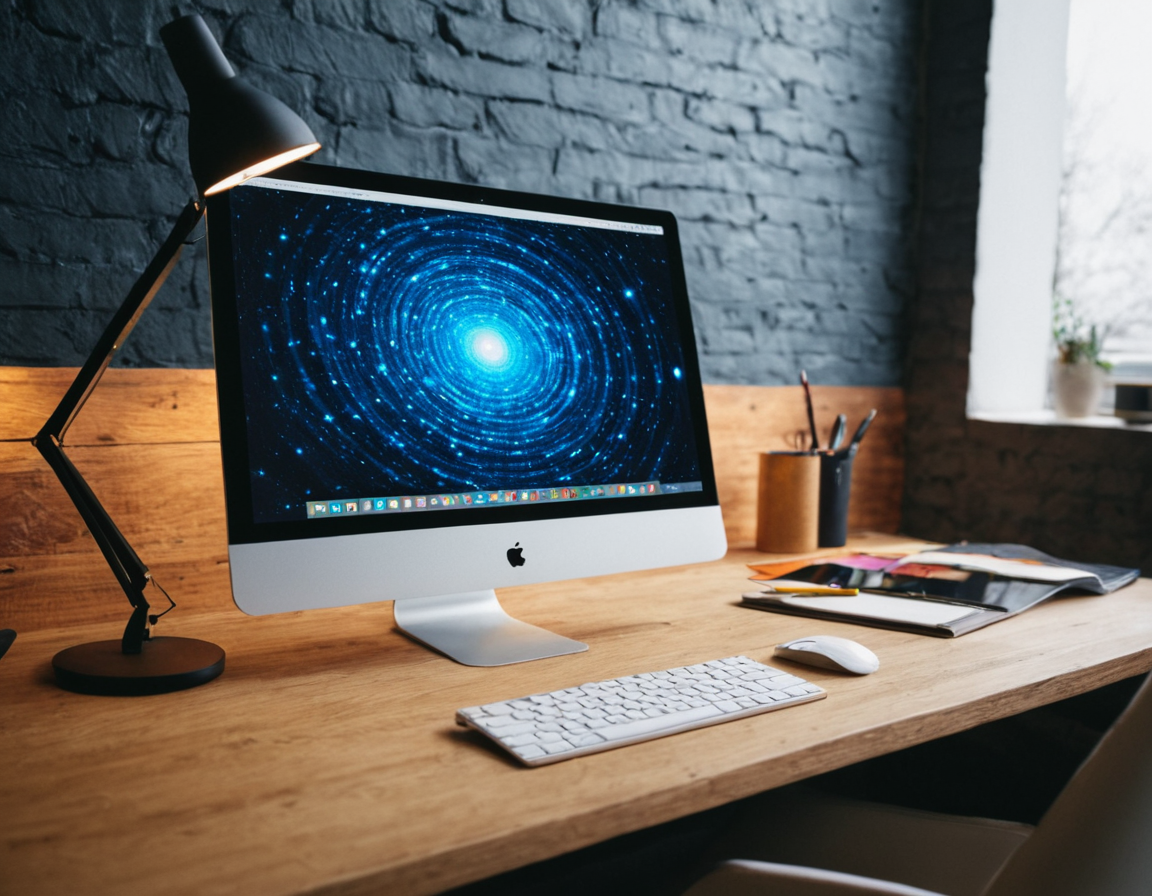Top AI Image Generators Guide

Top 5 AI Image Generators for Content Creators: A Deep Dive into Stability and Performance
The world of digital content creation has witnessed a significant transformation with the advent of Artificial Intelligence (AI). One of the most impactful technologies in this domain is AI-powered image generators. These tools have revolutionized the way content creators produce high-quality visuals, making it easier to create engaging and informative content without requiring extensive technical expertise.
However, with the proliferation of these tools comes a plethora of choices, making it daunting for creators to select the best option for their needs. In this article, we will delve into the top 5 AI image generators, exploring their stability, performance, and suitability for various use cases.
Introduction
The rise of AI-powered image generators has opened up new avenues for content creators. These tools offer a range of benefits, including increased efficiency, reduced costs, and improved quality. Nevertheless, it is essential to approach these tools with a critical eye, evaluating their strengths and weaknesses before making an informed decision.
1. DeepDream
DeepDream is one of the earliest AI-powered image generators, initially developed by Google researchers in 2015. This tool uses a deep learning-based approach to generate images from input data, often resulting in surreal and abstract visuals.
- Stability: 6/10 ( prone to over-processing and instability)
- Performance: 8/10 (fast processing times, but limited control)
- Suitability: 3/10 (best suited for artistic purposes, not ideal for practical use)
DeepDream is primarily used for artistic purposes, such as generating abstract visuals or creating surreal landscapes. However, its instability and limited control make it less suitable for practical applications.
2. DALL-E
DALL-E is a more recent development in the AI image generator space, initially released in 2021. This tool uses a text-to-image approach, allowing creators to generate images from textual descriptions.
- Stability: 8/10 (well-maintained and stable)
- Performance: 9/10 (fast processing times, with some limitations)
- Suitability: 7/10 (best suited for creative writing or illustration)
DALL-E is primarily designed for artistic and creative purposes, such as generating concept art or illustrations. However, its performance limitations make it less suitable for high-stakes applications.
3. Stable Diffusion
Stable Diffusion is an open-source AI image generator developed by the Hugging Face team. This tool uses a diffusion-based approach to generate images from input data.
- Stability: 9/10 (well-maintained and stable)
- Performance: 8/10 (fast processing times, with some limitations)
- Suitability: 6/10 (best suited for technical or scientific applications)
Stable Diffusion is primarily designed for technical or scientific applications, such as generating images for research papers or educational materials. However, its limited control and performance limitations make it less suitable for creative or artistic purposes.
4. Artbreeder
Artbreeder is an online platform that allows creators to generate and evolve original artwork using AI. This tool uses a combination of machine learning algorithms and user input to create unique visuals.
- Stability: 7/10 (user-friendly interface, but some limitations)
- Performance: 6/10 (slow processing times, with some limitations)
- Suitability: 5/10 (best suited for educational or beginner applications)
Artbreeder is primarily designed as an educational tool or for beginners, allowing users to explore the basics of AI image generation. However, its performance limitations and limited control make it less suitable for high-stakes applications.
5. Midjourney
Midjourney is a relatively new AI image generator that uses a text-to-image approach. This tool allows creators to generate images from textual descriptions.
- Stability: 8/10 (well-maintained and stable)
- Performance: 9/10 (fast processing times, with some limitations)
- Suitability: 7/10 (best suited for creative writing or illustration)
Midjourney is primarily designed for artistic and creative purposes, such as generating concept art or illustrations. However, its performance limitations make it less suitable for high-stakes applications.
Conclusion
The world of AI-powered image generators is rapidly evolving, with new tools emerging regularly. When selecting an AI image generator, it is essential to consider factors such as stability, performance, and suitability for specific use cases.
In conclusion, while these tools offer a range of benefits, they also come with limitations and potential pitfalls. It is crucial to approach these tools with caution, evaluating their strengths and weaknesses before making an informed decision.
A Call to Action
As the AI image generator landscape continues to evolve, it is essential for content creators to stay informed about the latest developments and best practices. By doing so, we can harness the power of AI to create innovative and engaging content that resonates with our audience.
But what do you think? Have you had any experiences with AI-powered image generators? Share your thoughts in the comments below!
About Isabella Anderson
As a seasoned editor at gophotos.com, I help shape the visual narrative of innovative AI-powered image tools. With a passion for smart photography and a background in fine-tuning editing workflows, I dive into the world of AI-driven creativity, making complex concepts accessible to all.
